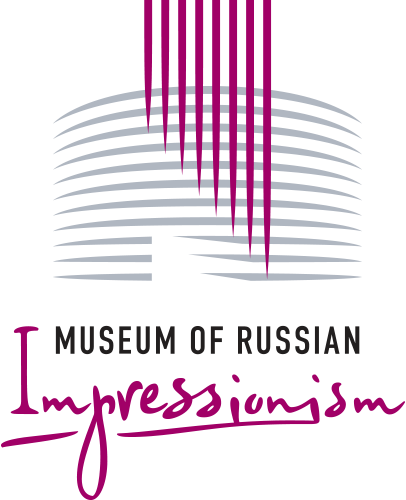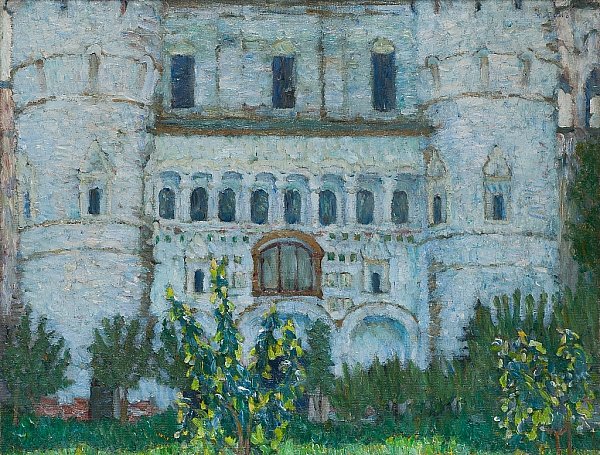Konstantin Yuon
24.10.1875 - 11.04.1958
One could call Konstantin Yuon a spoiled child of fortune. Even the works he produced as a student (Valentin Serov and Konstantin Savitsky were his teachers) sold well, so the young artist could afford to travel around Europe. His early works, the shining golden domes of Russian churches, were replaced after the Revolution with large-scale parades on Red Square and courageous Komsomol workers. He seemed to be born for solemnities, high honours, titles, and administrative posts. Konstantin Yuon lived a long life, and had a happy married life, although its beginning had not been so promising. In summer 1900 he was painting en plein air by a river in the village of Ligachevo, when he saw a young girl with a gorgeous long braid walking up the hill with buckets to fetch water. It was a love at first sight. However, the artist’s family was against him marrying a peasant girl. His father, Theodore Yuon, was a Swiss citizen who spoke German – he owned a company that offered insurance cover for real estate, while the artist’s mother was a musician. For some years, the artist made every effort to reconcile his family with his choice of bride, and finally he succeeded. Konstantin Yuon started teaching when he was 25 years old - first in his own studio, then later at the Surikov Art Institute in Moscow. The graphic artist Vladimir Tabor and the sculptor Vera Mukhina were among his students. Yuon continued to paint and kept working actively until his very last days. When he turned 82 he was even elected the first secretary of the board of the Union of Artists of the USSR.




